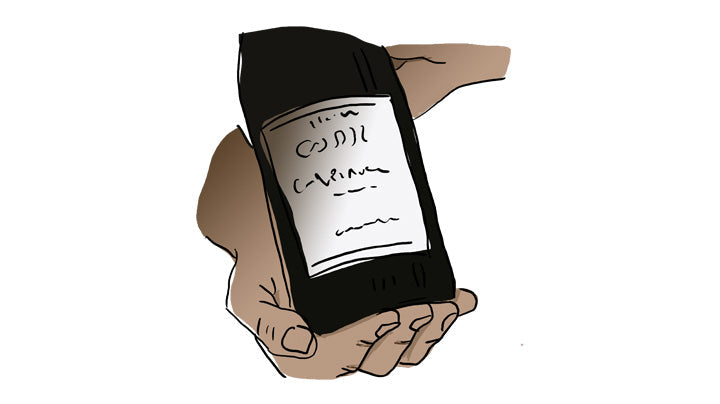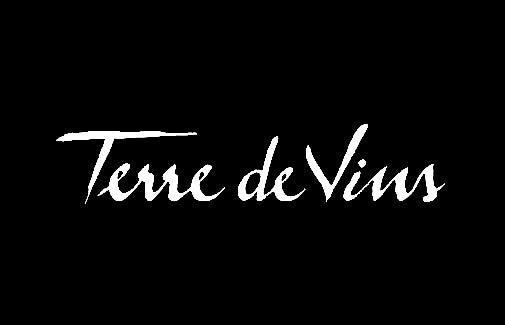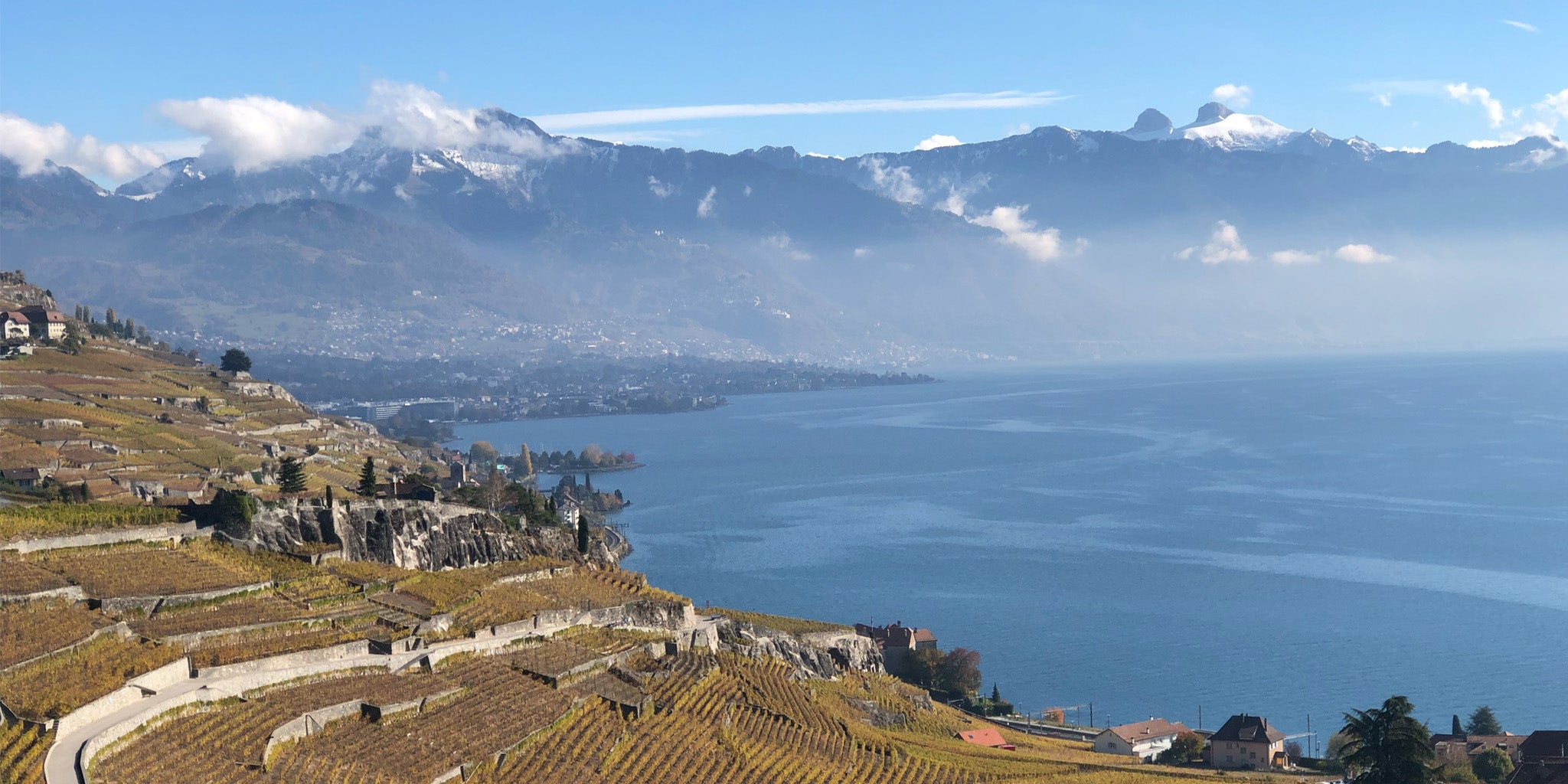There are several methods used to produce sparkling wines:
-
Traditional method: Also known as the "méthode champenoise", this is the process used to produce the majority of sparkling wines, e.g. Champagne, Crémants, Cava, Franciacorta. The traditional method involves a secondary fermentation in the bottle, which produces bubbles by creating carbon dioxide (CO2). This secondary fermentation also results in the formation of a sediment, known as lees, which is left in the bottle and gives the wine its complex biscuity flavours.
-
Transfer method: This method is a variation of the traditional method, and involves transferring the wine from the bottle in which the secondary fermentation took place to a pressurised tank for disgorgement, dosage, clarification and stabilisation. Wine is then bottled in a new bottle.
-
Charmat method: Also known as the "tank method" or "Martinotti method". This method involves a secondary fermentation in a large stainless steel tank, where the wine is stored under pressure to retain the bubbles. The wine is then filtered and bottled, usually under a lower pressure. It gives floral wines with stone fruit aromas e.g. Prosecco.
-
Asti method: A variation of the Charmat method with only one fermentation in stainless steel tank, producing the very fruity Asti wines.
-
Ancestral method: This is an ancient method of sparkling wine production. The wine is bottled before the primary fermentation is complete, which allows the wine to carbonate naturally. It is often called "Pet Nat" and associated with natural winemaking.
-
Carbonation method: This method is used to produce low-cost sparkling wines, and involves carbonating a base wine (still wine) by injecting it with CO2 under pressure.
Each method has its own unique characteristics and can produce very different sparkling wines. The winemakers will decide which method to use depending on the grape variety, the region, the final quality and style of wine they want to achieve.














